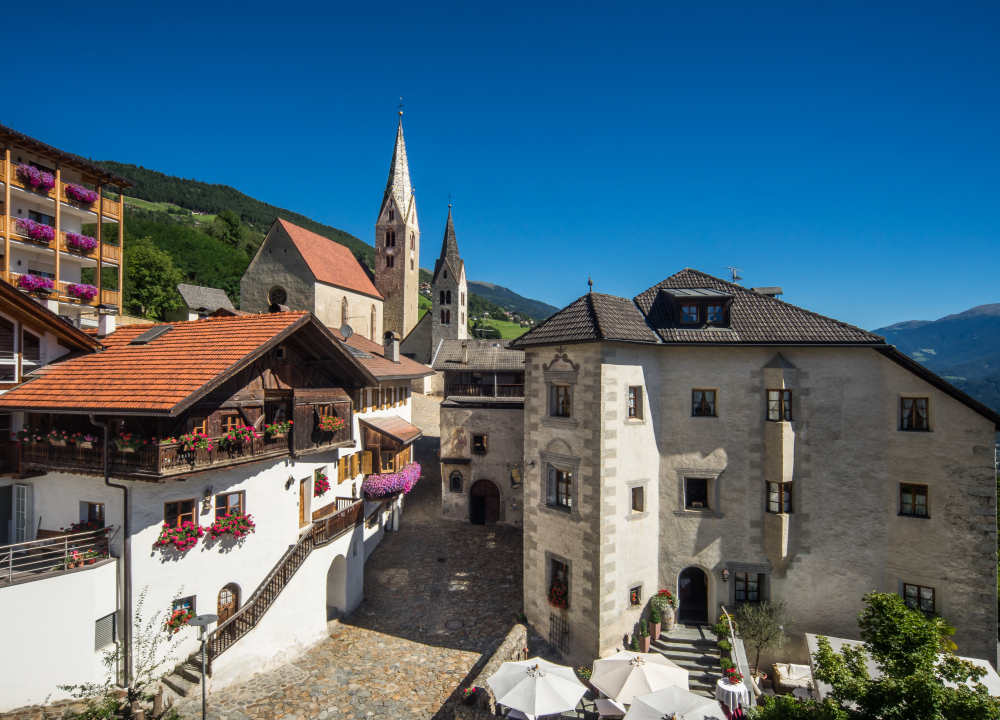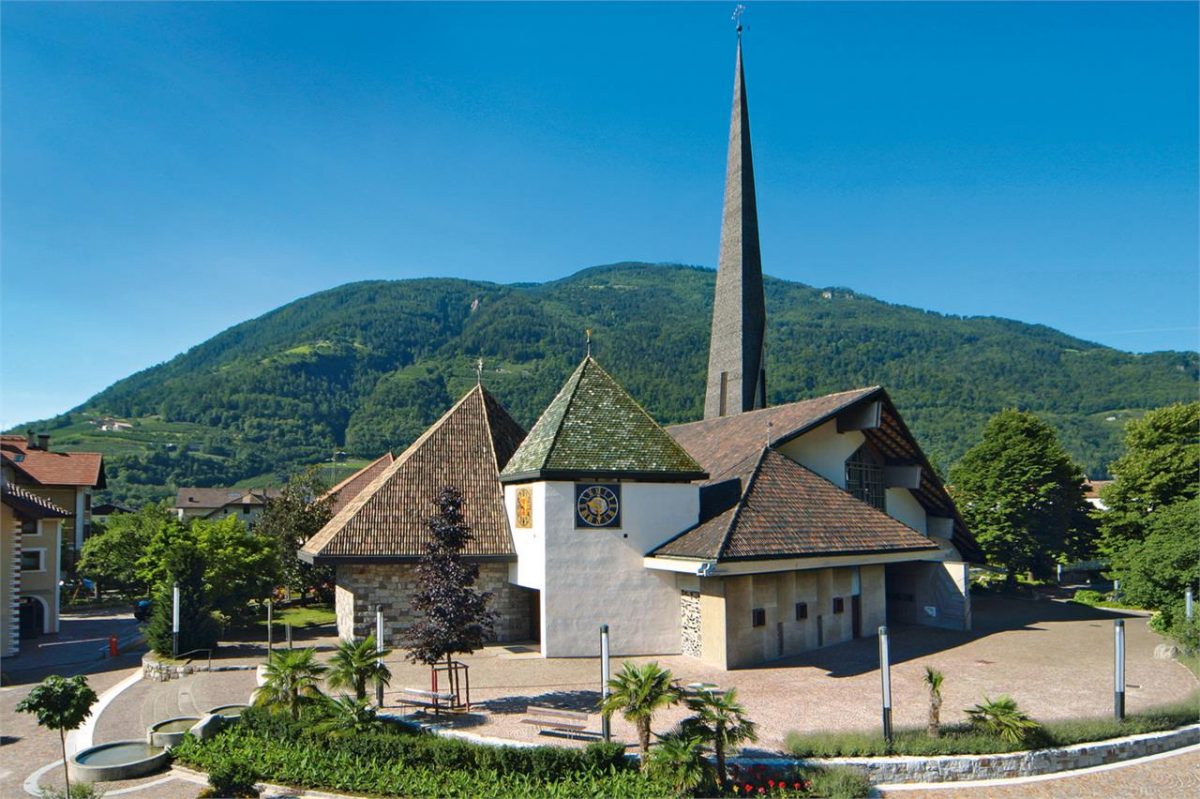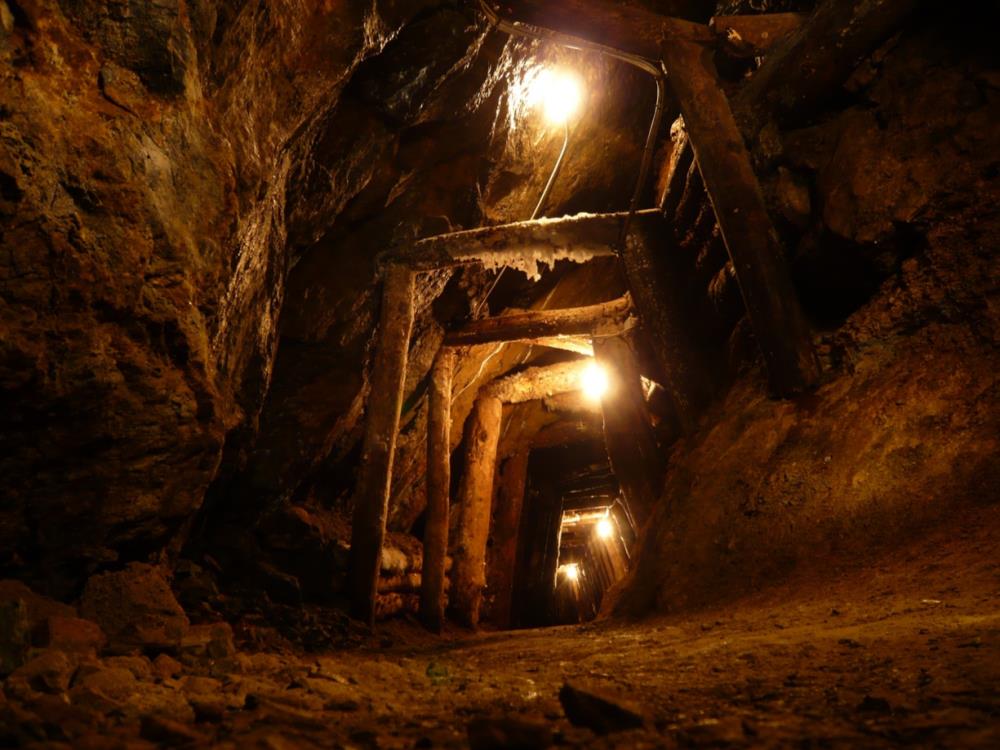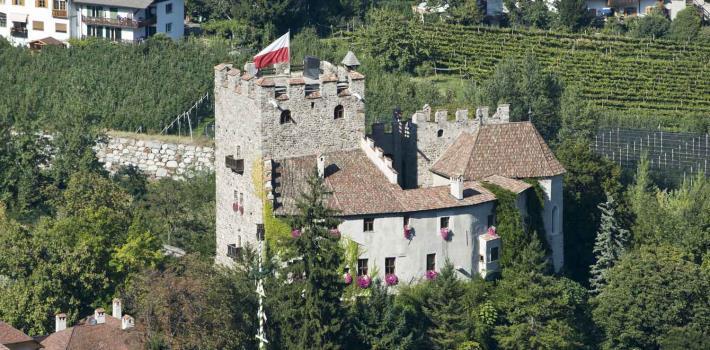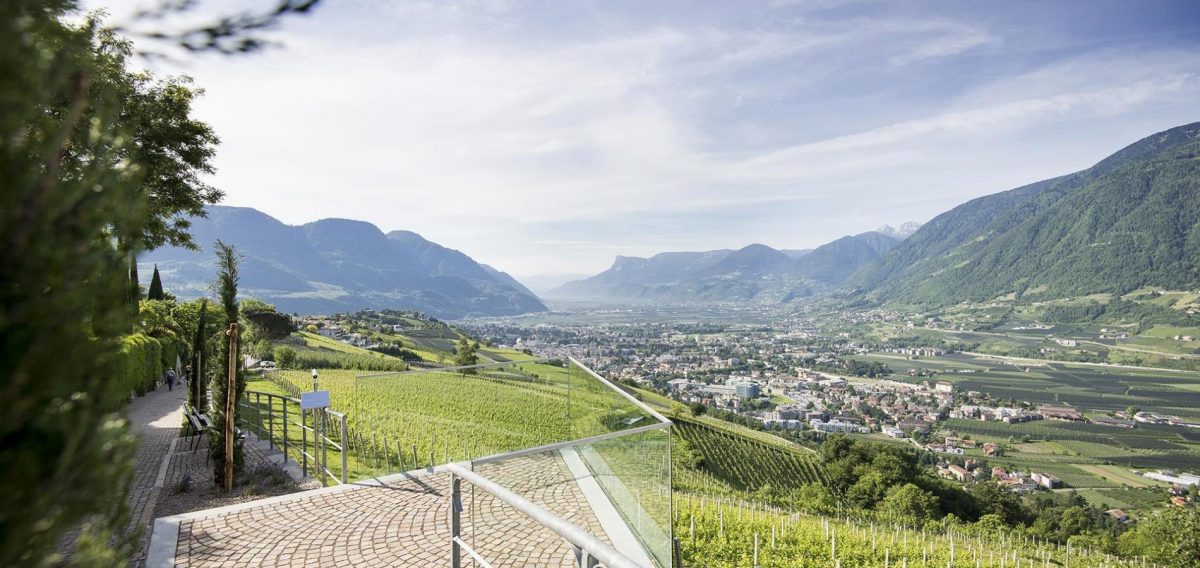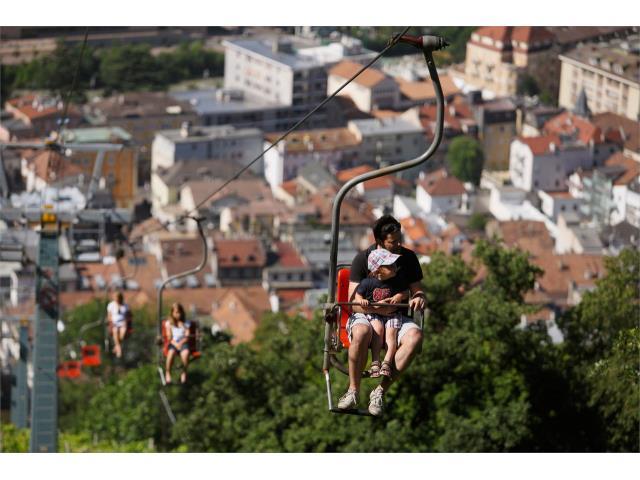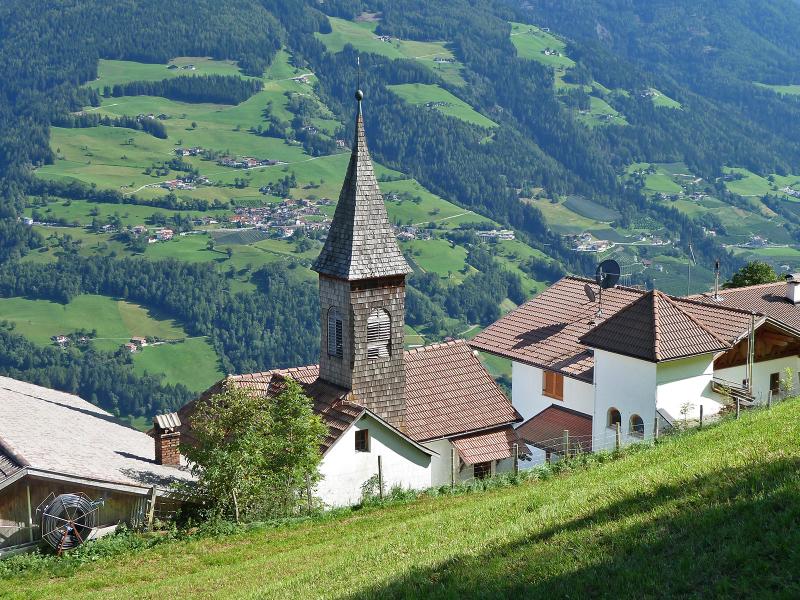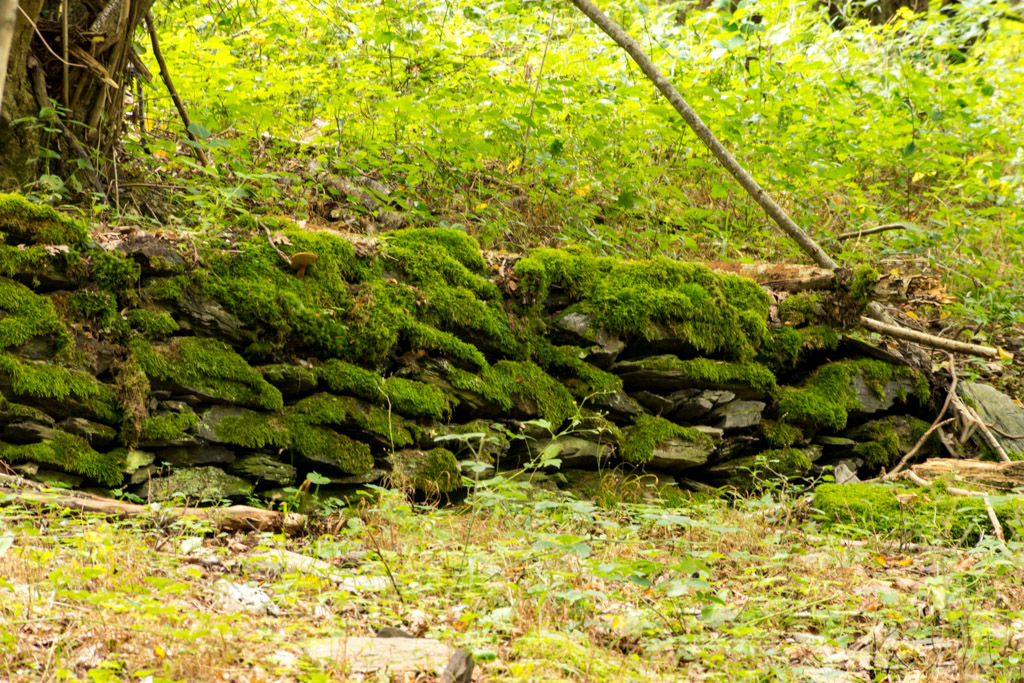How to reach Tirolo
Attractions:
– Tyrol Castle
– Chairlift | Merano – Tirolo
Situated above the spa town of Merano/Meran, Tirolo/Dorf Tirol is an ideal walking and hiking holiday destination in South Tyrol. Well-marked paths along a 70-km trail network lead across various altitudes, ranging from leisurely walks through botanical gardens to hikes along the Waalwege trails on the hillside. Mountain bike trails in diverse mountain terrain alternate with high-altitude hiking across the Spronser Seen lake plateau in the Texelgruppe Nature Park.
Tirolo is also steeped in culture and history. There are several notable castles, fortresses, and churches in and around Tirolo. Tyrol Castle, the most prominent of these, houses the South Tyrolean Museum of Culture and Provincial History. Deeply rooted in the area, culture and local traditions continue to play an integral role in the lives of inhabitants. Things to do in and around the village include shopping, sporting and cultural activities. There are upscale shops, boutiques, cafes, and restaurants as well as swimming pools and hiking trails. For a sporting or leisure holiday, making use of the well-equipped spas or indulging in the pleasures of the palate, there is a wide range of options for visitors in Tirolo.
Nature and Culture:
From the orchards and vineyards at around 600 meters above sea level up to the Spronser Seen lakes at 2,500 meters, Tirolo reveals fascinating nature that is both Alpine and Mediterranean in flavor. And the culture and history have a big impact on the local landscape too. Out and about on themed trails and promenades visitors will stumble upon witnesses to an eventful past. These include Tirol Castle, the most important monument to Tyrolean history, the Brunnenburg, and churches and sights such as the early-Romanesque Church of St. Peter and the Bird Care Center. Tirolo, however, is also synonymous with tradition and custom. Over the course of the year, countless cultural events are held here: from the musical Tyrolean Spring of Culture and the culinary festival So kocht Dorf Tirol (How Tirolo Cooks), to the melodious Soirées at Tirol Castle and the VinoCulti wine festival, the events are as diverse as Tirolo itself.
Food and drink:
Good food and drink is part of the way of life in Tirolo. The entire variety of South Tyrolean cuisine can be found in the award-winning restaurants, traditional inns and rustic mountain huts on the panoramic terrace above Merano. Alpine dishes made using handed-down recipes, Mediterranean treats and innovative creations are all part of the cuisine in Tirolo and have a firm place at gourmet events, traditional festivals and autumn’s Törggelen (new wine) evenings. Wine has a particular importance. The wine trail and the annual wine event, VinoCulti, bear witness to the fact that the noble grape juice has played a vital role in the vineyard-rich landscape around Tirolo. When hiking too, gourmet pleasures are just a mountain hut away. In the mountain inns of the Texelgruppe mountains you will always find “Real Quality in the Mountains” on the table.

